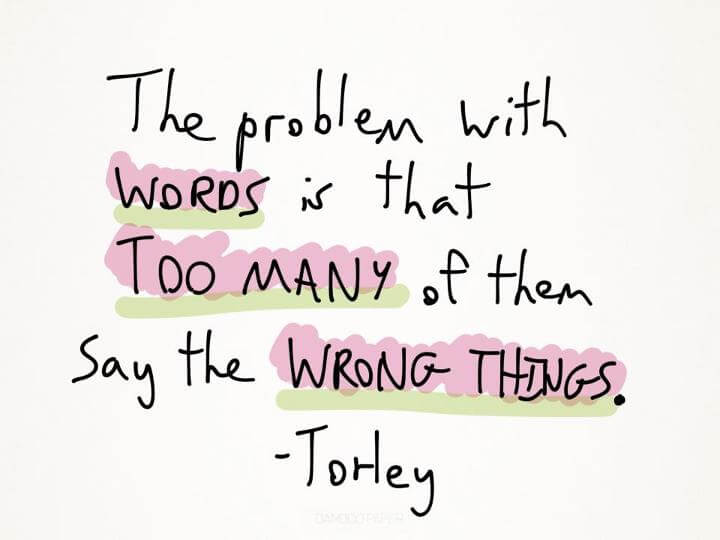
5 insights UX hiring managers look for when reviewing portfolios — and how to spot great thinkers, not just pretty mockups
If you’ve ever wondered how to evaluate UX portfolios, you’re not alone. Design portfolios are like first dates. Some are polished, some are awkward, and a few leave you wondering how they got this far without someone telling them to fix their navigation.
If you’re a hiring manager in UX you’ve probably scrolled through more than your share of portfolios that all start to blend together especially if you’re in a lean team or fast-moving startup. You’ve seen your fair share of out-of-context screens, a process diagram, and maybe a Post-it wall or two.
So what are we actually looking for?
Whether you’re hiring for a junior role or assessing senior talent, understanding how to evaluate UX portfolios can help you make more informed, confident hiring decisions.
This article is for you — the folks who need to evaluate UX portfolios and figure out if the person behind them is a critical thinker, a clear communicator, and someone your team would be better for having around.
Let’s break down the signals that matter.
Start with the “why,” not the wireframe
If a portfolio jumps straight to screens, that’s a red flag. We’re not hiring a wireframe generator. We’re hiring someone who can solve problems with intention.
The best portfolios open with a clear articulation of the problem: What were they trying to solve? Why did it matter to the business or users?
Look for case studies where the designer explains the context — not just the task, but the tension. Did the business need to reduce churn? Were users dropping off during onboarding? Were internal stakeholders misaligned?
You’re looking for a narrative, not a checklist. Bonus points if the problem space is messy. Real design work usually is.
This step is foundational to how you evaluate UX portfolios with more than surface-level polish — it’s about assessing strategic thinking from the start.
What to look for:
- A well-defined problem statement
- Context about the product, user base, or business impact
- Evidence they understood the “why” before diving into solutions
Spot the thinking — not just the artifacts
It’s easy to be impressed by shiny deliverables. But a polished UI or a sleek prototype doesn’t tell you whether the person behind it actually made meaningful decisions or just styled a Figma file someone else built.
What separates a junior portfolio from a mid- or senior-level one is the ability to explain choices.
Why did they conduct usability testing before stakeholder interviews? What did they learn from the survey, and how did it affect the product direction? If they show a journey map, did it actually shape their next move, or is it just a checkbox?
This is where the real evaluation happens.
Learning how to evaluate UX portfolios means looking beyond deliverables and focusing on how a designer justifies their approach.
What to look for:
- Clear rationale for methods used
- Descriptions of decision-making, not just process
- Reflections on what changed based on what they learned
Don’t be afraid of messy stories
Perfect projects are boring. In fact, they’re often fictional.
The best UX portfolios show bumps in the road — scope creep, research that disproved assumptions, pushback from stakeholders. These aren’t failures; they’re proof of resilience.
As a hiring manager, you’re not just looking at design outputs. You’re reading a story about how this person works under pressure, deals with ambiguity, and adjusts their process when real-world complexity kicks in.
In other words, the messy middle is where maturity shows.
The messier stories often give you the best perspective on how to evaluate UX portfolios with an eye toward adaptability and real-world thinking.
What to look for:
- Honest discussion of challenges
- Signs they adjusted course based on feedback or data
- Critical self-reflection (without self-flagellation)
Judge structure, not just style
One of the most overlooked elements in how to evaluate UX portfolios is how the story is structured. Is it easy to follow? Is it clear what the project was, what role the designer played, and what the impact was?
This is about more than formatting. A confusing, cluttered portfolio might hint at a designer who also struggles to communicate clearly with stakeholders.
You want to see information hierarchy, clarity, and the ability to make complex ideas digestible. If a portfolio respects your time and helps you quickly understand what matters, that’s a strong signal they’ll do the same on your team.
What to look for:
- Logical flow (Problem → Process → Outcome → Reflection)
- Scannable summaries or TL;DRs
- Clean, mobile-friendly formatting
Look for impact, not just effort
Finally — and this might be the hardest part — look for signs of outcomes.
This doesn’t mean every designer has to prove a 400 percent revenue increase. But good portfolios show that the work led to something. Maybe the new design improved task completion rates. Maybe users stopped complaining about a feature. Maybe the team learned something that changed the roadmap.
If a portfolio wraps up without telling you what happened, you’re left guessing whether the work actually mattered.
One of the most important lessons in how to evaluate UX portfolios is this: outcomes matter. Even small ones.
What to look for:
- Outcome metrics (qualitative or quantitative)
- Feedback loops from stakeholders or users
- Evidence of follow-through
The bottom line
Great portfolios aren’t about quantity. They’re not about flashy visuals or perfect process diagrams. They’re about telling a clear, honest story that reveals how a designer thinks, adapts, and solves real problems.
If you’re wondering how to evaluate UX portfolios, start by looking past the surface — and into the strategy, the setbacks, and the substance.
That’s where you’ll find the people who can actually make an impact on your team.











